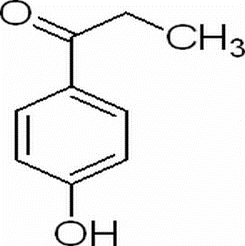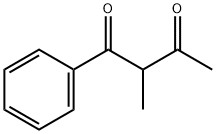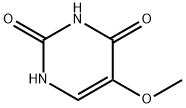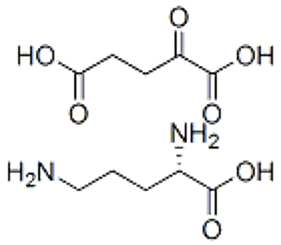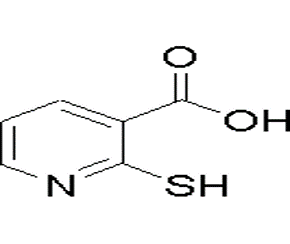4-Hydroxypropiophenone(CAS# 70-70-2)
Risk and Safety
| Risk Codes | 36/37/38 – Irritating to eyes, respiratory system and skin. |
| Safety Description | S37 – Wear suitable gloves. S24/25 – Avoid contact with skin and eyes. S36 – Wear suitable protective clothing. S26 – In case of contact with eyes, rinse immediately with plenty of water and seek medical advice. |
| WGK Germany | 3 |
| RTECS | UH1925000 |
| TSCA | Yes |
| HS Code | 29145000 |
| Toxicity | LD50 orally in Rabbit: 11800 mg/kg |
Information
P-hydroxypropionone, also known as 3-hydroxy-1-phenylpropiotone or vanillin, is an organic compound. The following describes its properties, uses, manufacturing methods and safety information:
Quality:
Hydroxypropiophenone is a solid crystal, usually white or light yellow in color. It has a sweet aroma and is often used as a spice. This compound has a high solubility at room temperature and can be soluble in water and many organic solvents.
Use:
Method:
P-hydroxypropion is usually prepared by chemical synthesis. A common method is obtained by esterification of cresol and acetone, followed by desulfation by heating the esterification products.
Safety Information:
Hydroxypropiophenone is generally considered a relatively safe compound. Excessive exposure may cause skin and eye irritation. Precautions such as gloves, goggles, and appropriate work clothing should be taken when using or handling. Avoid inhaling its dust or vapors and make sure to operate in a well-ventilated area. In case of ingestion or exposure, seek immediate medical attention.


